The first and most common type of kitchen sink depth is the standard depth. This depth typically ranges from 8-10 inches, making it a versatile option for most kitchen tasks. It is also the most budget-friendly option, making it a popular choice for many homeowners. Standard kitchen sink depths are suitable for everyday tasks such as washing dishes, preparing food, and filling large pots and pans. However, they may not be deep enough for more extensive tasks such as soaking or washing large baking sheets or roasting pans. If you have a standard depth kitchen sink, you may want to consider investing in a sink grid or colander to help maximize your sink's depth and make it more functional for your needs.1. Standard Kitchen Sink Depths
For those who regularly cook and entertain, a deep kitchen sink may be the perfect solution. With depths ranging from 10-12 inches, these sinks provide extra space for soaking and washing large cookware and bakeware. Deep kitchen sinks are also a great option for those who have large families or frequently host guests, as they can handle more significant amounts of dishes and food prep. They also tend to have a more modern and sleek look, making them a popular choice for contemporary kitchens. However, keep in mind that deep kitchen sinks may require a custom cabinet or countertop installation to accommodate their depth, which can add to the overall cost of your kitchen renovation.2. Deep Kitchen Sink Depths
On the other end of the spectrum, shallow kitchen sinks have a depth of 6-8 inches. These sinks are better suited for small kitchens or for those who don't do a lot of cooking and food prep. Shallow kitchen sinks are also a great option for those with limited mobility, as they require less bending and reaching to use. They can also be a more budget-friendly option, as they typically require less material to construct. However, if you do a lot of cooking and cleaning, a shallow kitchen sink may not provide enough space for your needs. It may also be challenging to wash larger items such as baking sheets or large pots and pans in a shallow sink.3. Shallow Kitchen Sink Depths
Undermount kitchen sinks are becoming increasingly popular for their sleek and seamless design. These sinks are installed underneath the countertop, creating a smooth look without any visible edges or seams. The depth of undermount kitchen sinks can vary depending on the style and brand, but they typically range from 8-10 inches. This depth is suitable for most kitchen tasks and provides a clean and modern look to any kitchen. However, keep in mind that undermount sinks may require professional installation, which can add to the overall cost of your kitchen renovation. They also require a solid and sturdy countertop material, such as granite or quartz, to support the weight of the sink.4. Undermount Kitchen Sink Depths
Top mount, or drop-in, kitchen sinks are the most common type of sink found in homes. They are installed from above the countertop, with the edges of the sink resting on top of the counter. The depth of top mount kitchen sinks can vary, but they typically range from 8-10 inches. This depth is suitable for most kitchen tasks and is a popular choice for its easy installation and budget-friendly price. However, the edges of the sink can make it challenging to clean and can accumulate grime and bacteria over time. They also tend to have a more traditional and dated look compared to other sink styles.5. Top Mount Kitchen Sink Depths
Farmhouse, or apron front, kitchen sinks are a popular choice for their rustic and charming design. They have a large, exposed front that extends beyond the edge of the countertop, creating a farmhouse-style look. The depth of farmhouse kitchen sinks can vary, but they typically range from 8-10 inches. This depth is suitable for most kitchen tasks and provides a spacious and functional sink for cooking and cleaning. However, keep in mind that farmhouse sinks require a custom cabinet installation to accommodate their unique design. They also tend to be more expensive than other sink styles due to their size and installation requirements.6. Farmhouse Kitchen Sink Depths
For those who want extra flexibility and organization in their kitchen sink, a double bowl sink may be the perfect choice. These sinks have two separate basins, allowing for multiple tasks to be done at once. The depth of each basin in a double bowl kitchen sink can vary, but they typically range from 8-10 inches. This depth is suitable for most kitchen tasks and allows for easy separation of dishes and food prep. However, keep in mind that a double bowl sink may limit the size of items you can wash, as the divider between the two basins can get in the way. It may also require a larger countertop space to accommodate the extra size of the sink.7. Double Bowl Kitchen Sink Depths
Single bowl kitchen sinks are a classic and straightforward option for any kitchen. As the name suggests, they have one large basin for all your kitchen tasks. The depth of single bowl kitchen sinks can vary, but they typically range from 8-10 inches. This depth is suitable for most kitchen tasks and provides a spacious and functional sink for cooking and cleaning. Single bowl sinks are also a budget-friendly option and can be easier to clean and maintain compared to other sink styles. However, they may not be as versatile as double bowl sinks for multitasking.8. Single Bowl Kitchen Sink Depths
Apron front, or farmhouse, kitchen sinks are a popular choice for their rustic and charming design. They have a large, exposed front that extends beyond the edge of the countertop, creating a farmhouse-style look. The depth of apron front kitchen sinks can vary, but they typically range from 8-10 inches. This depth is suitable for most kitchen tasks and provides a spacious and functional sink for cooking and cleaning. However, keep in mind that apron front sinks require a custom cabinet installation to accommodate their unique design. They also tend to be more expensive than other sink styles due to their size and installation requirements.9. Apron Front Kitchen Sink Depths
Drop-in, or top mount, kitchen sinks are the most common type of sink found in homes. They are installed from above the countertop, with the edges of the sink resting on top of the counter. The depth of drop-in kitchen sinks can vary, but they typically range from 8-10 inches. This depth is suitable for most kitchen tasks and is a popular choice for its easy installation and budget-friendly price. However, the edges of the sink can make it challenging to clean and can accumulate grime and bacteria over time. They also tend to have a more traditional and dated look compared to other sink styles. In conclusion, the depth of your kitchen sink is an essential factor to consider when choosing the right sink for your kitchen. From standard to deep, undermount to top mount, there are various options available to suit your needs and preferences. Whether you're a frequent cook or have a small kitchen, there is a sink depth that will work for you. So choose wisely and enjoy a functional and stylish sink in your kitchen.10. Drop-In Kitchen Sink Depths
The Importance of Kitchen Sink Depths in House Design

Why Kitchen Sink Depths Matter
 When it comes to designing a house, every detail matters. From the color of the walls to the type of flooring, each element plays a crucial role in creating a functional and aesthetically pleasing space. And one important factor that often gets overlooked is the depth of the kitchen sink. Many homeowners may not realize it, but the depth of their kitchen sink can greatly impact the overall design and functionality of their kitchen.
Kitchen sink depths
refer to the measurement from the top of the sink to the bottom of the basin. The standard depth for kitchen sinks is typically around 8 inches, but there are various depths available on the market.
Deep kitchen sinks
can range from 9-12 inches, while
shallow kitchen sinks
can be as little as 6 inches deep. But why does this matter?
When it comes to designing a house, every detail matters. From the color of the walls to the type of flooring, each element plays a crucial role in creating a functional and aesthetically pleasing space. And one important factor that often gets overlooked is the depth of the kitchen sink. Many homeowners may not realize it, but the depth of their kitchen sink can greatly impact the overall design and functionality of their kitchen.
Kitchen sink depths
refer to the measurement from the top of the sink to the bottom of the basin. The standard depth for kitchen sinks is typically around 8 inches, but there are various depths available on the market.
Deep kitchen sinks
can range from 9-12 inches, while
shallow kitchen sinks
can be as little as 6 inches deep. But why does this matter?
The Pros and Cons of Different Kitchen Sink Depths
 The depth of a kitchen sink can affect several aspects of your kitchen design. For one, a deeper sink allows for more space to wash and rinse larger pots and pans. This can be especially useful for those who do a lot of cooking and need the extra room. On the other hand, a shallower sink can be more convenient for shorter individuals or those with back problems, as it requires less bending over to reach the bottom.
Another factor to consider is the style and design of your kitchen. A deep sink can give a more modern and sleek look, while a shallower sink may be more traditional. Additionally, the depth of the sink can impact the amount of counter space available. A deep sink may take up more counter space, while a shallower sink can provide more room for food prep and other tasks.
The depth of a kitchen sink can affect several aspects of your kitchen design. For one, a deeper sink allows for more space to wash and rinse larger pots and pans. This can be especially useful for those who do a lot of cooking and need the extra room. On the other hand, a shallower sink can be more convenient for shorter individuals or those with back problems, as it requires less bending over to reach the bottom.
Another factor to consider is the style and design of your kitchen. A deep sink can give a more modern and sleek look, while a shallower sink may be more traditional. Additionally, the depth of the sink can impact the amount of counter space available. A deep sink may take up more counter space, while a shallower sink can provide more room for food prep and other tasks.
Choosing the Right Kitchen Sink Depth
 So, how do you determine the best depth for your kitchen sink? It ultimately depends on your personal preferences and needs. If you have a large family and do a lot of cooking, a deeper sink may be more practical. However, if you have a smaller kitchen or need to conserve counter space, a shallower sink may be the way to go.
When deciding on the depth, also consider the size and style of your kitchen. If you have a smaller kitchen, a deep sink may make the space feel cramped. Alternatively, if you have a large kitchen with a lot of counter space, a shallow sink may not look proportionate.
In conclusion, the depth of your kitchen sink may seem like a small detail, but it can have a significant impact on your kitchen design and functionality. Consider your personal needs, preferences, and the overall style of your kitchen when choosing the perfect sink depth. And remember, every detail counts when it comes to creating your dream home.
So, how do you determine the best depth for your kitchen sink? It ultimately depends on your personal preferences and needs. If you have a large family and do a lot of cooking, a deeper sink may be more practical. However, if you have a smaller kitchen or need to conserve counter space, a shallower sink may be the way to go.
When deciding on the depth, also consider the size and style of your kitchen. If you have a smaller kitchen, a deep sink may make the space feel cramped. Alternatively, if you have a large kitchen with a lot of counter space, a shallow sink may not look proportionate.
In conclusion, the depth of your kitchen sink may seem like a small detail, but it can have a significant impact on your kitchen design and functionality. Consider your personal needs, preferences, and the overall style of your kitchen when choosing the perfect sink depth. And remember, every detail counts when it comes to creating your dream home.

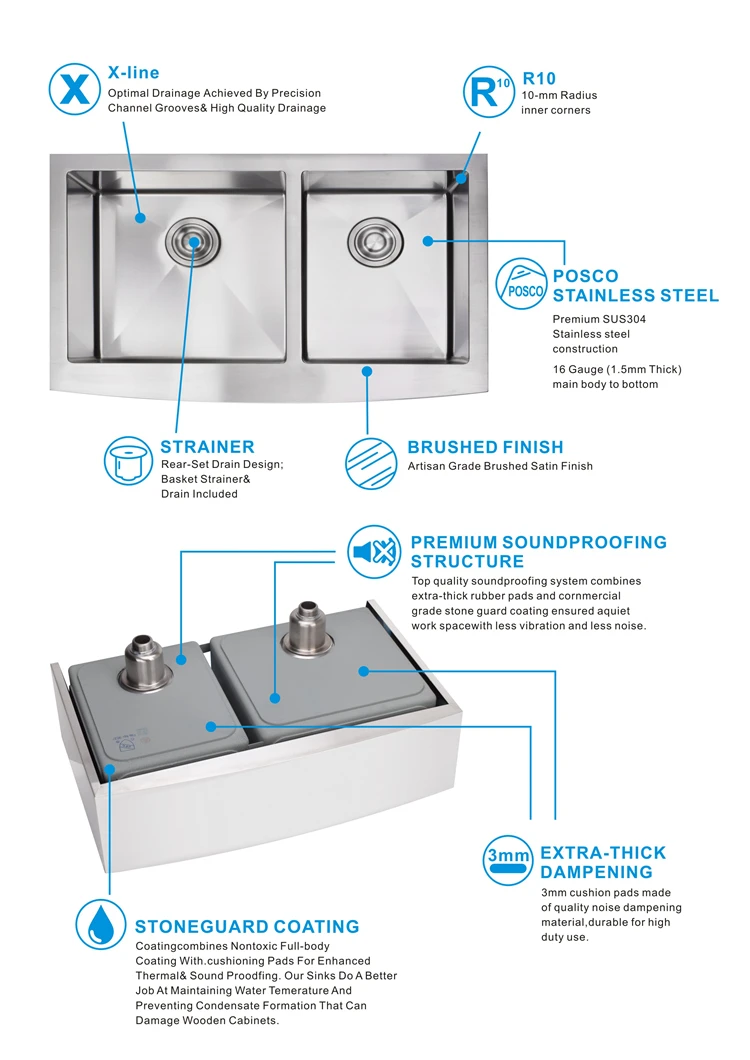
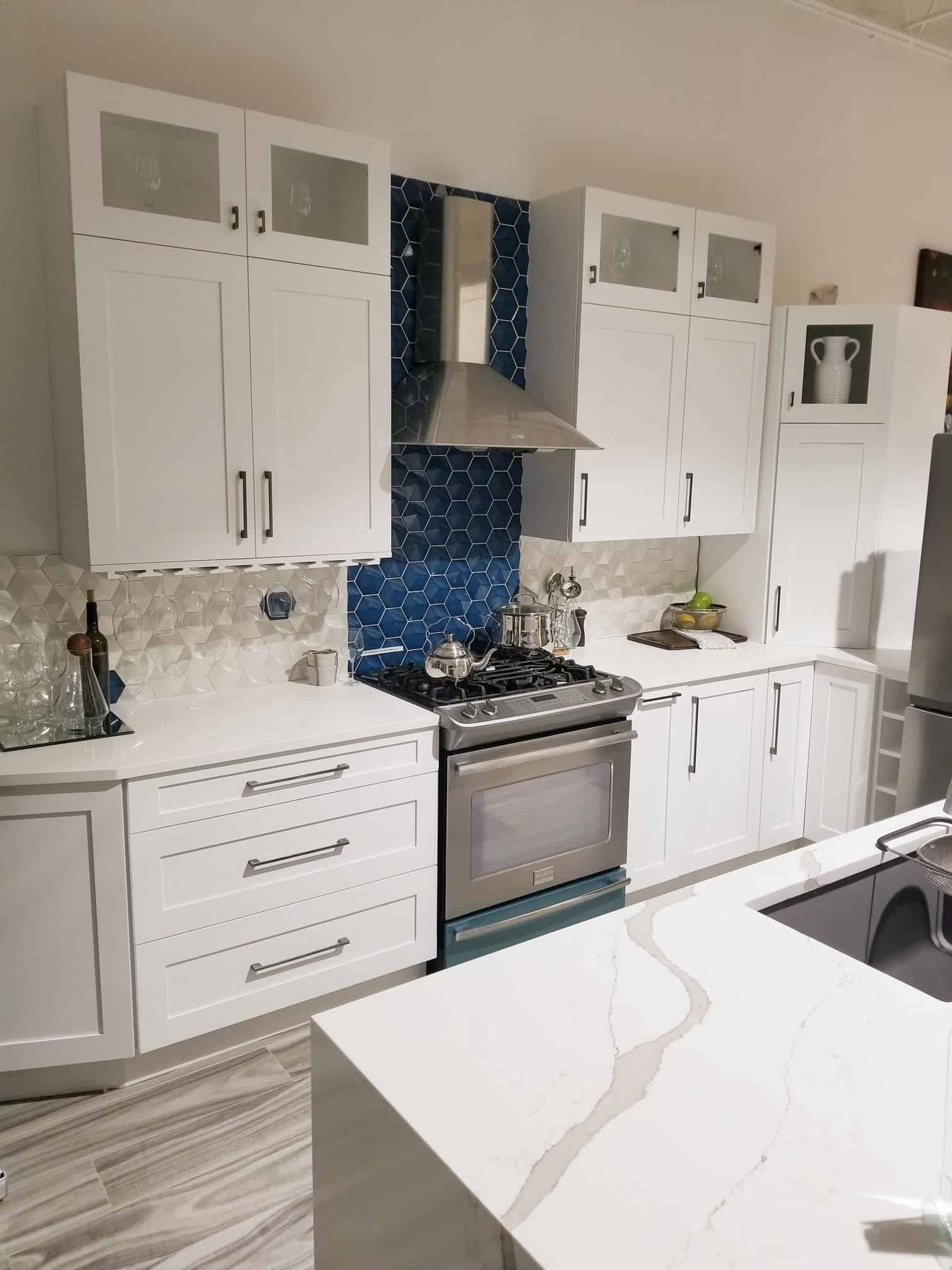


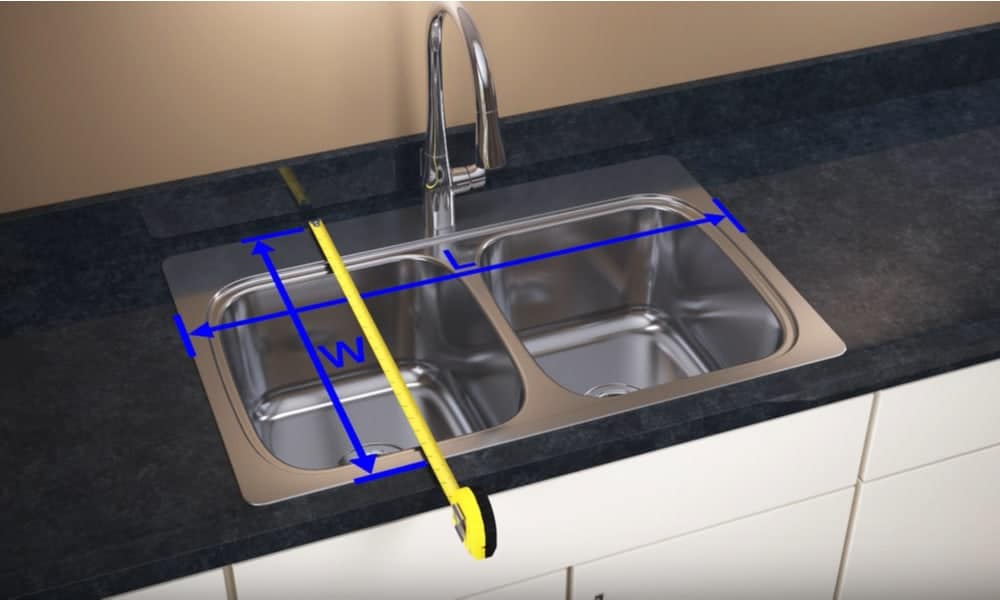


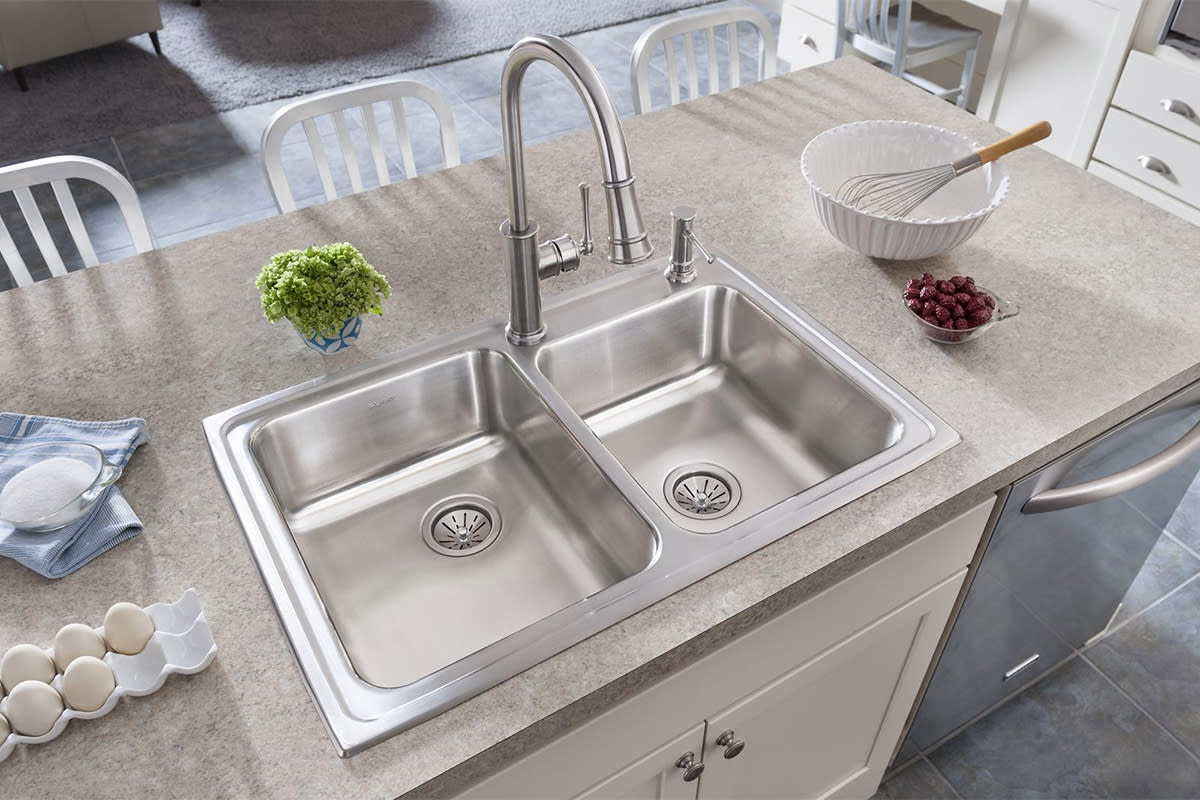
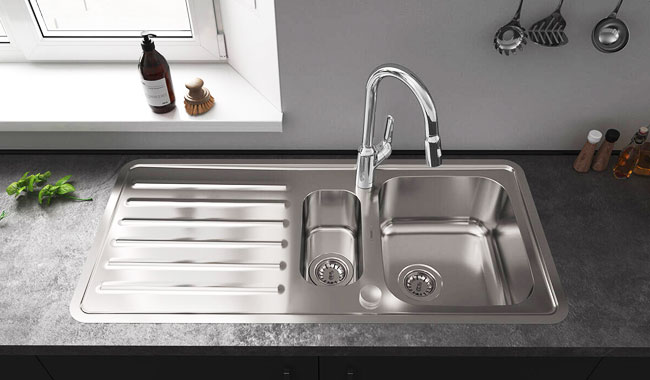
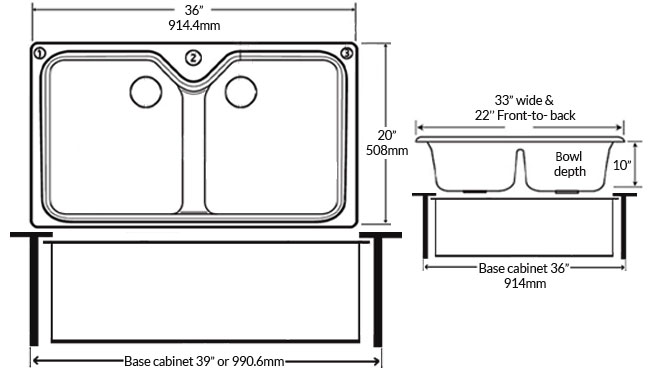







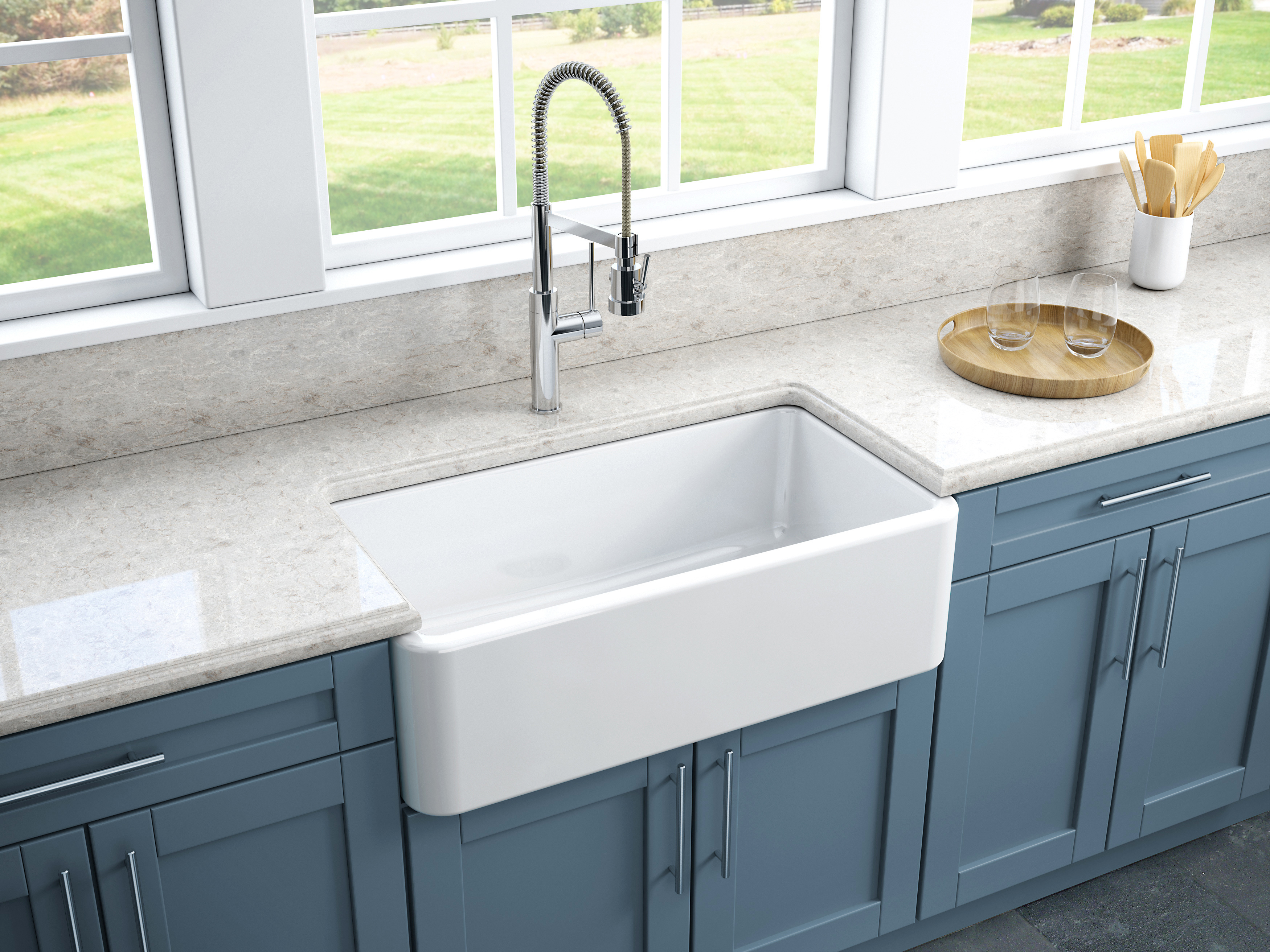
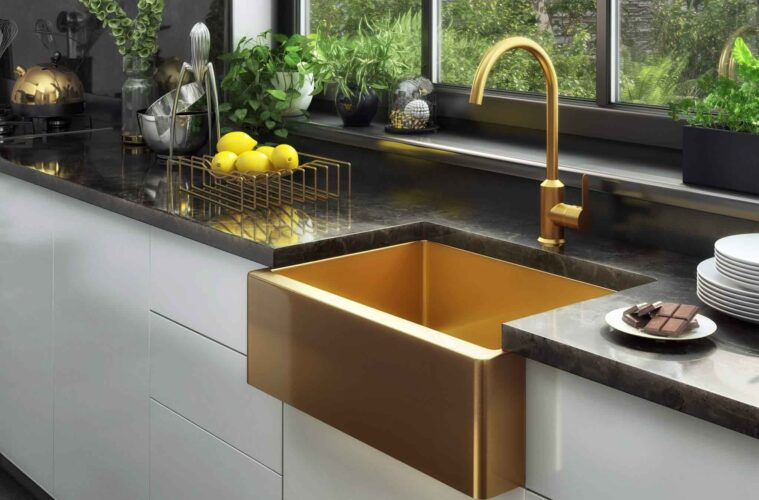





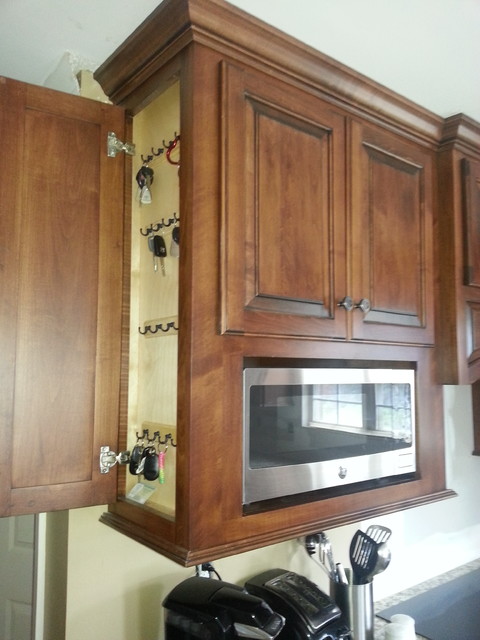







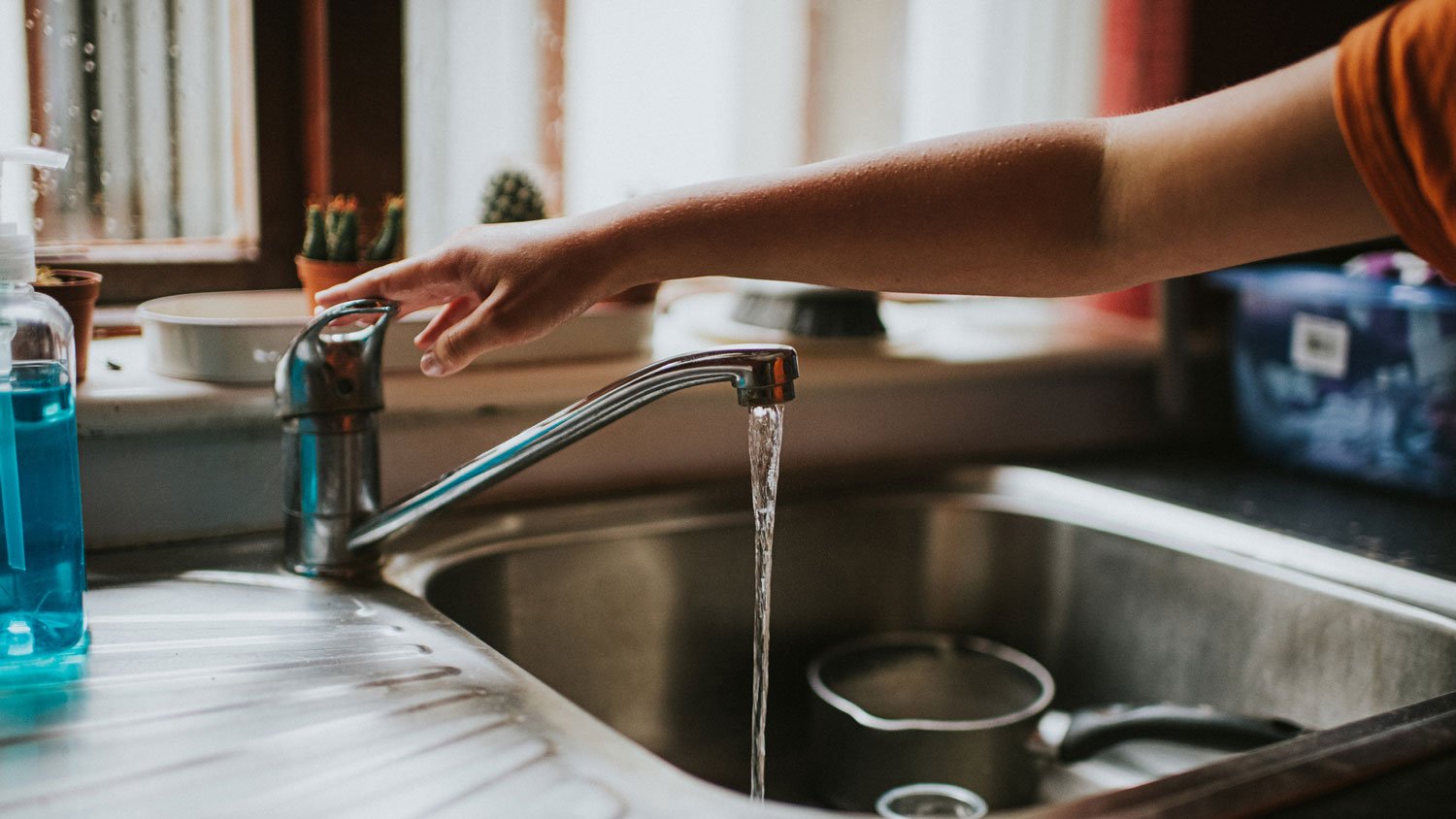



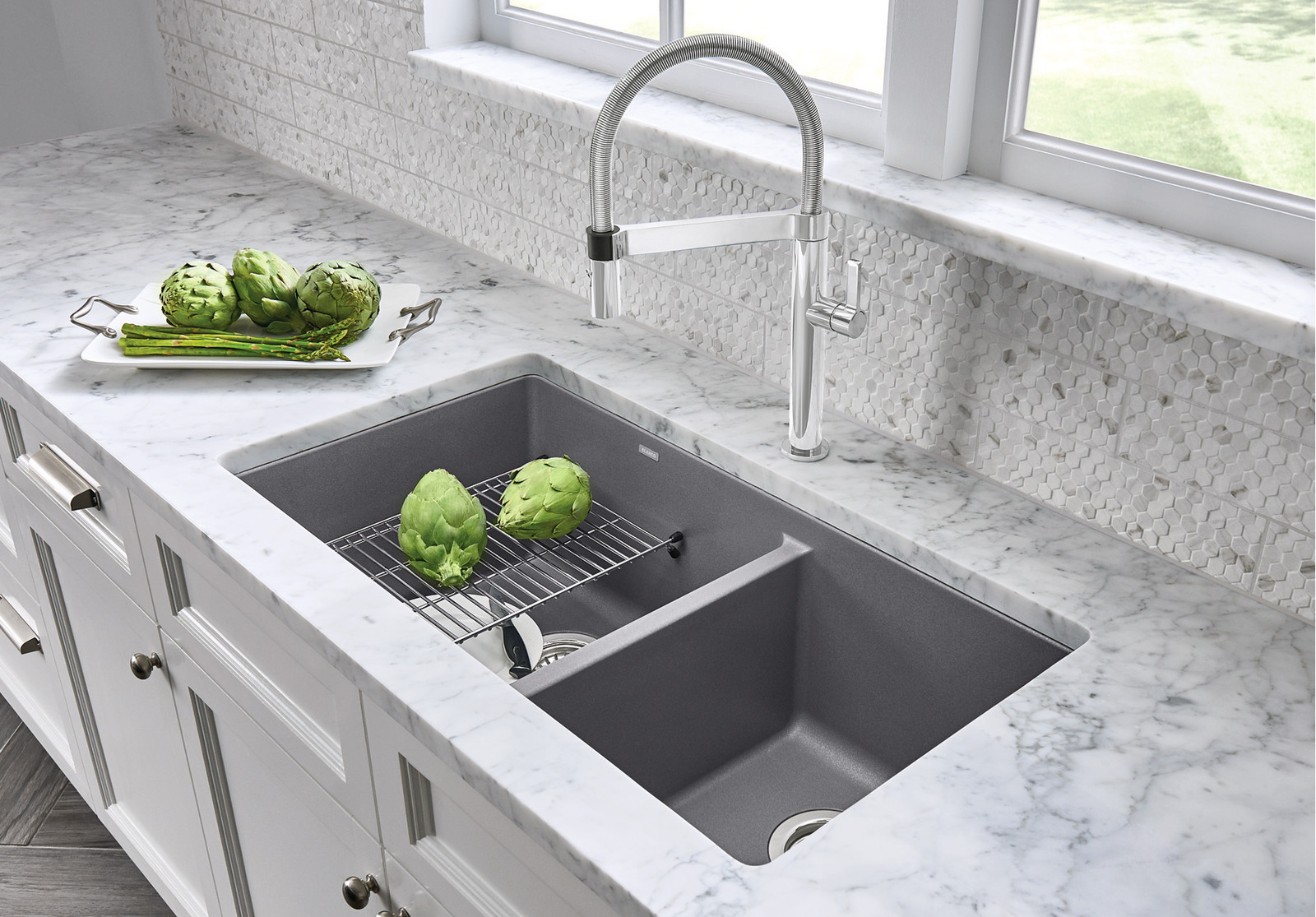

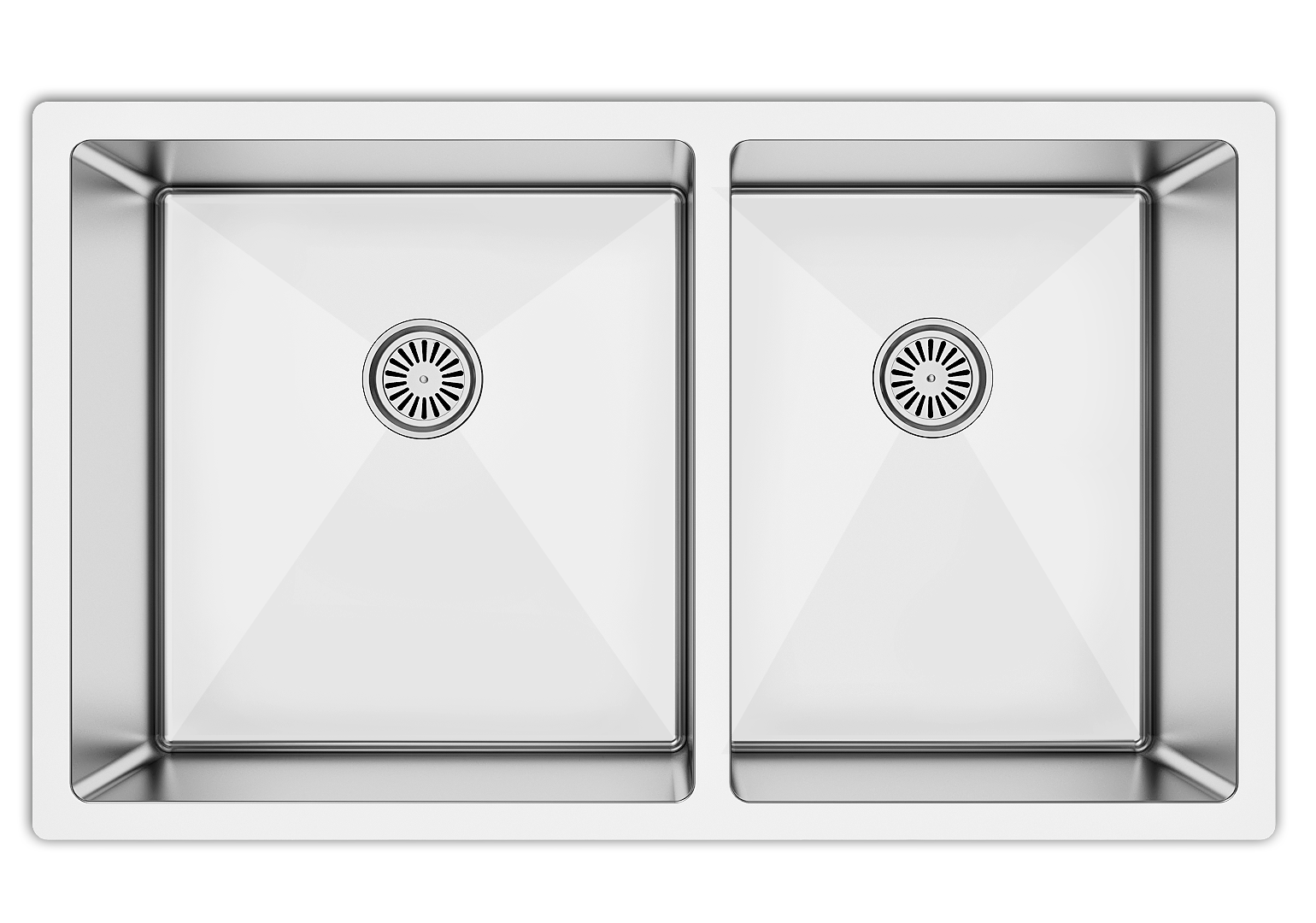



:max_bytes(150000):strip_icc()/blanco-stone-kitchen-sinks-587b055a5f9b584db3ae1da8.jpg)





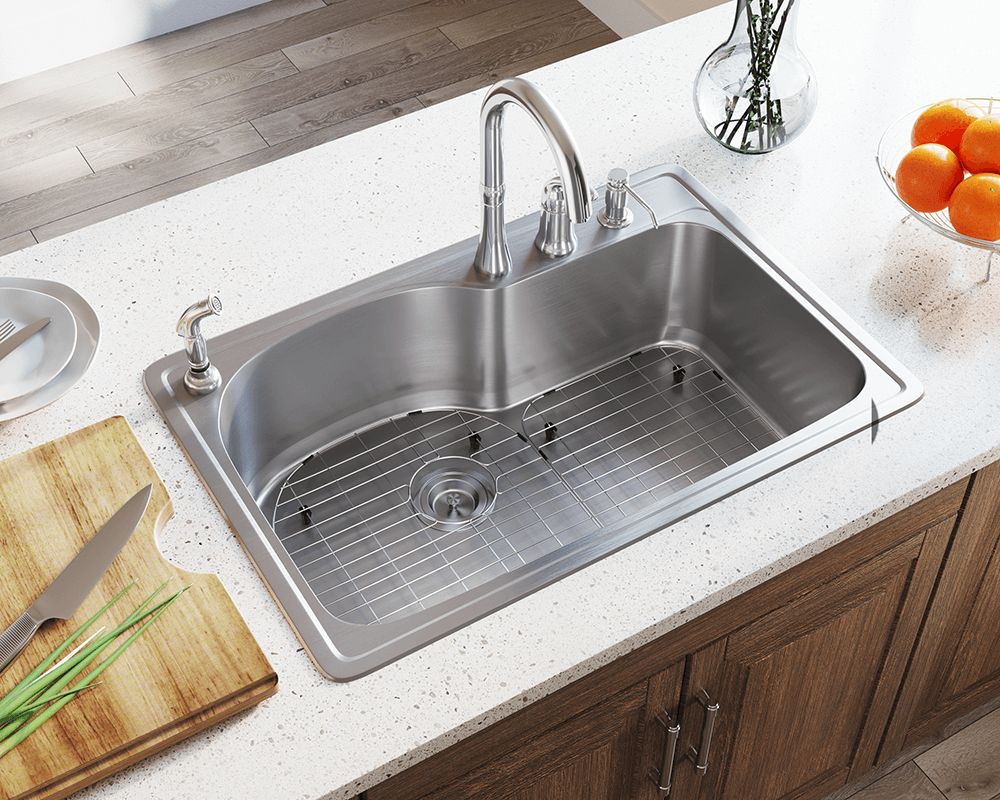
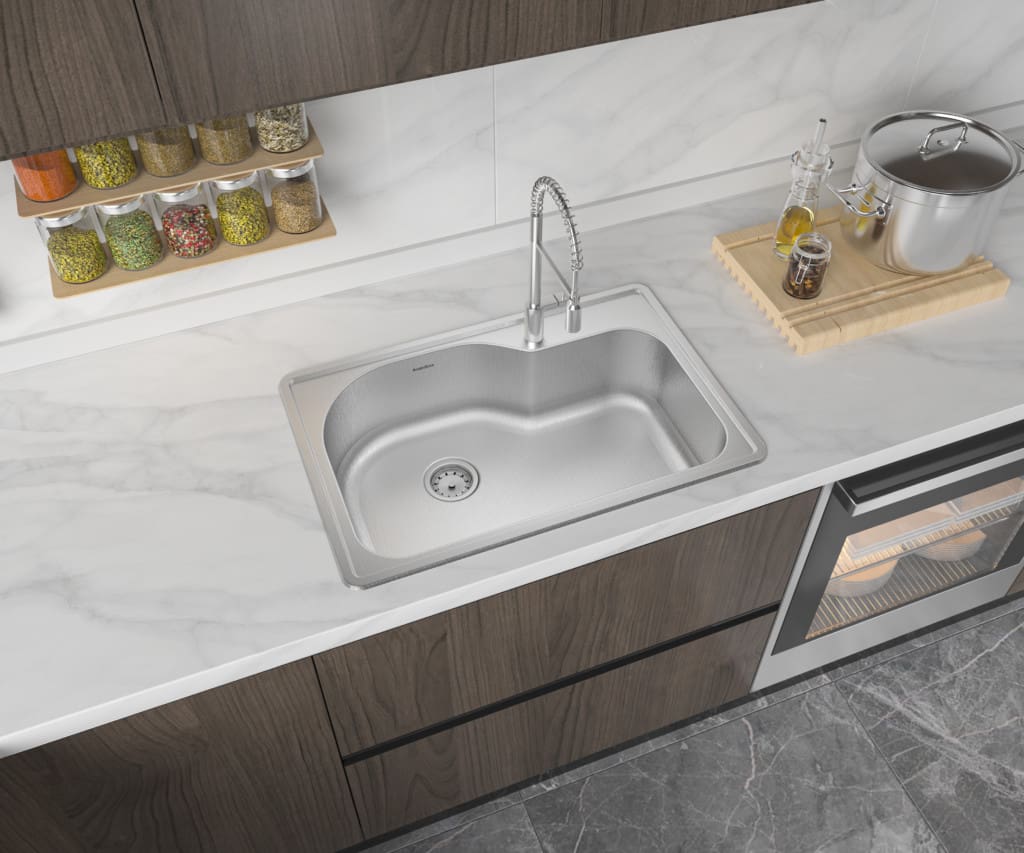

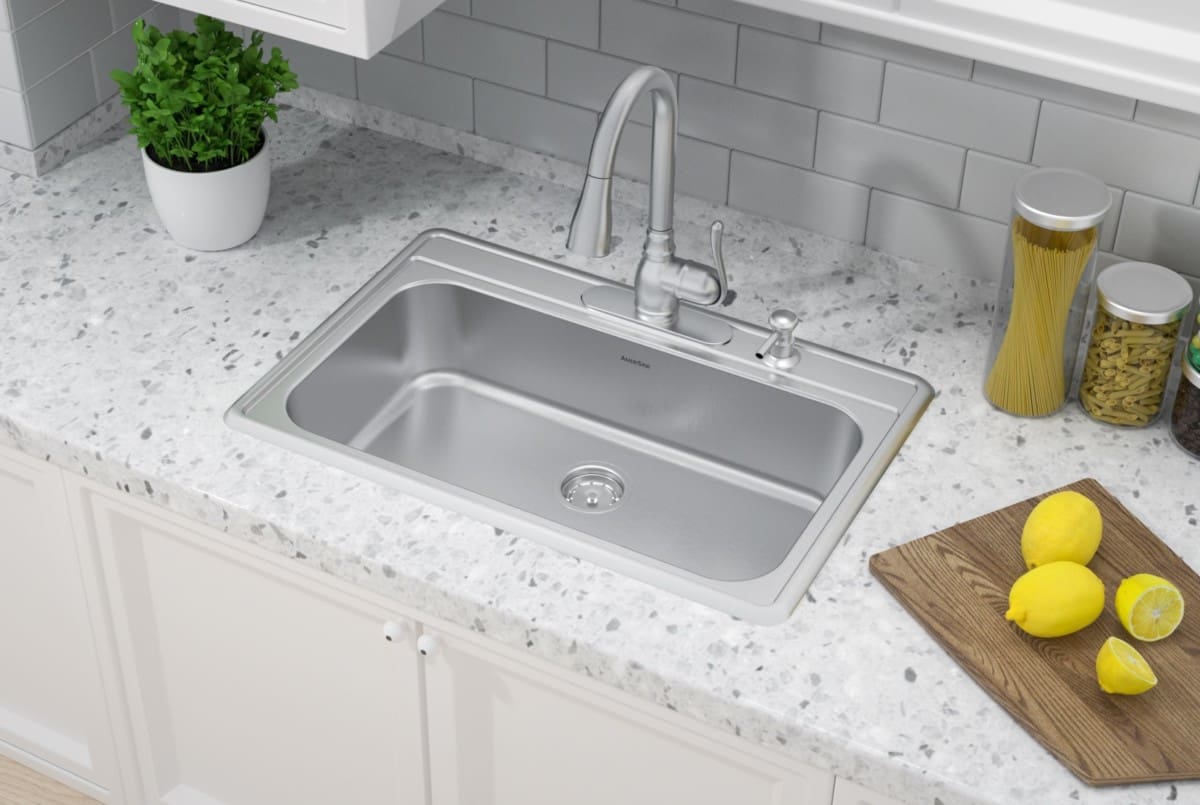


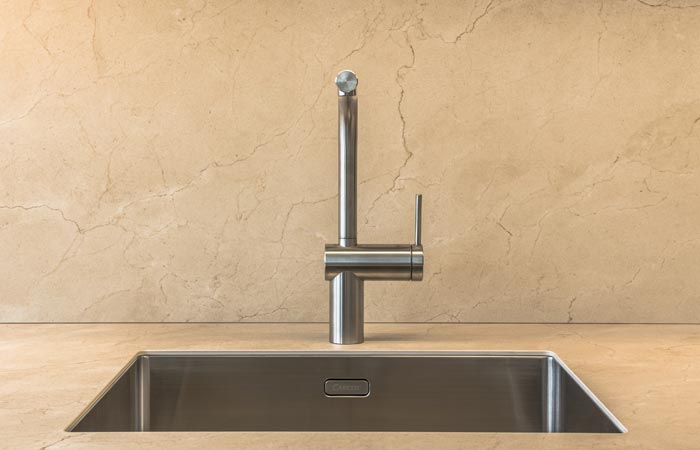



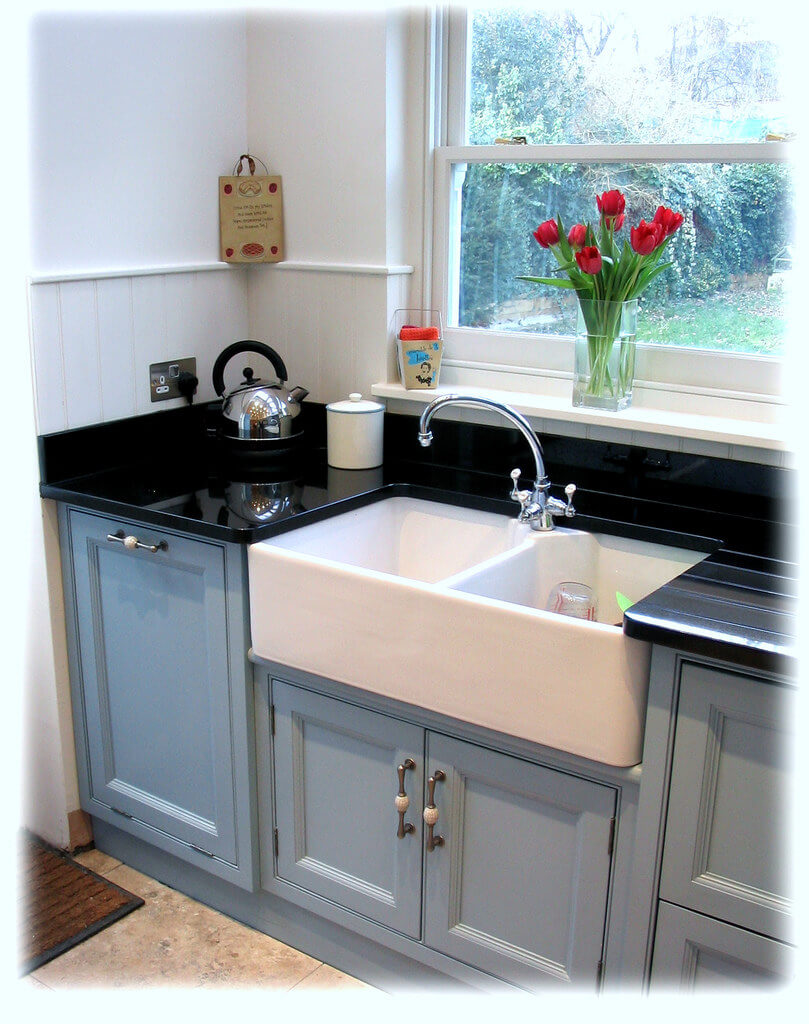

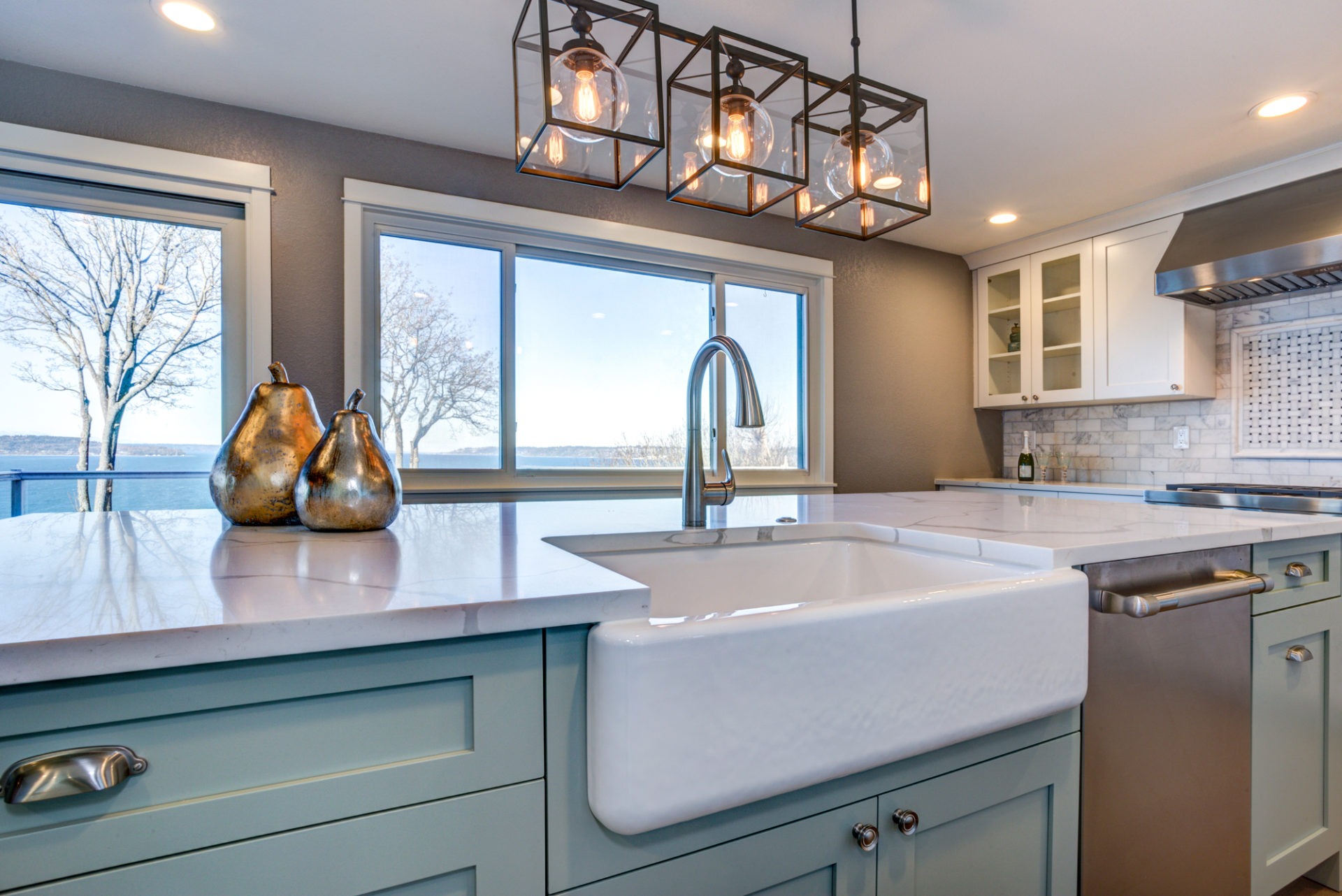

:max_bytes(150000):strip_icc()/farmhouse-kitchen-sink-2000-df9b917dba344f61a835dc313bf82a49.jpg)

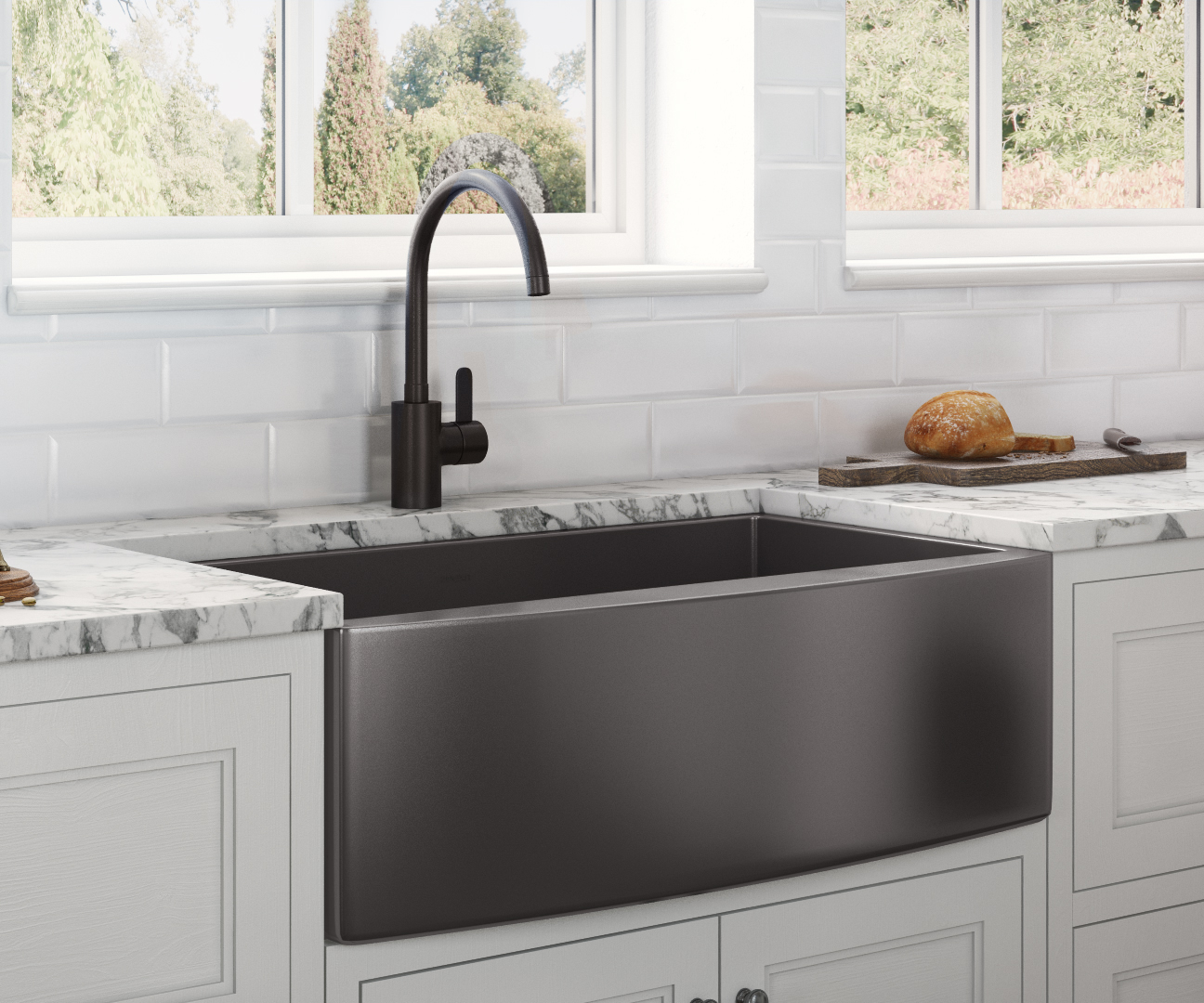






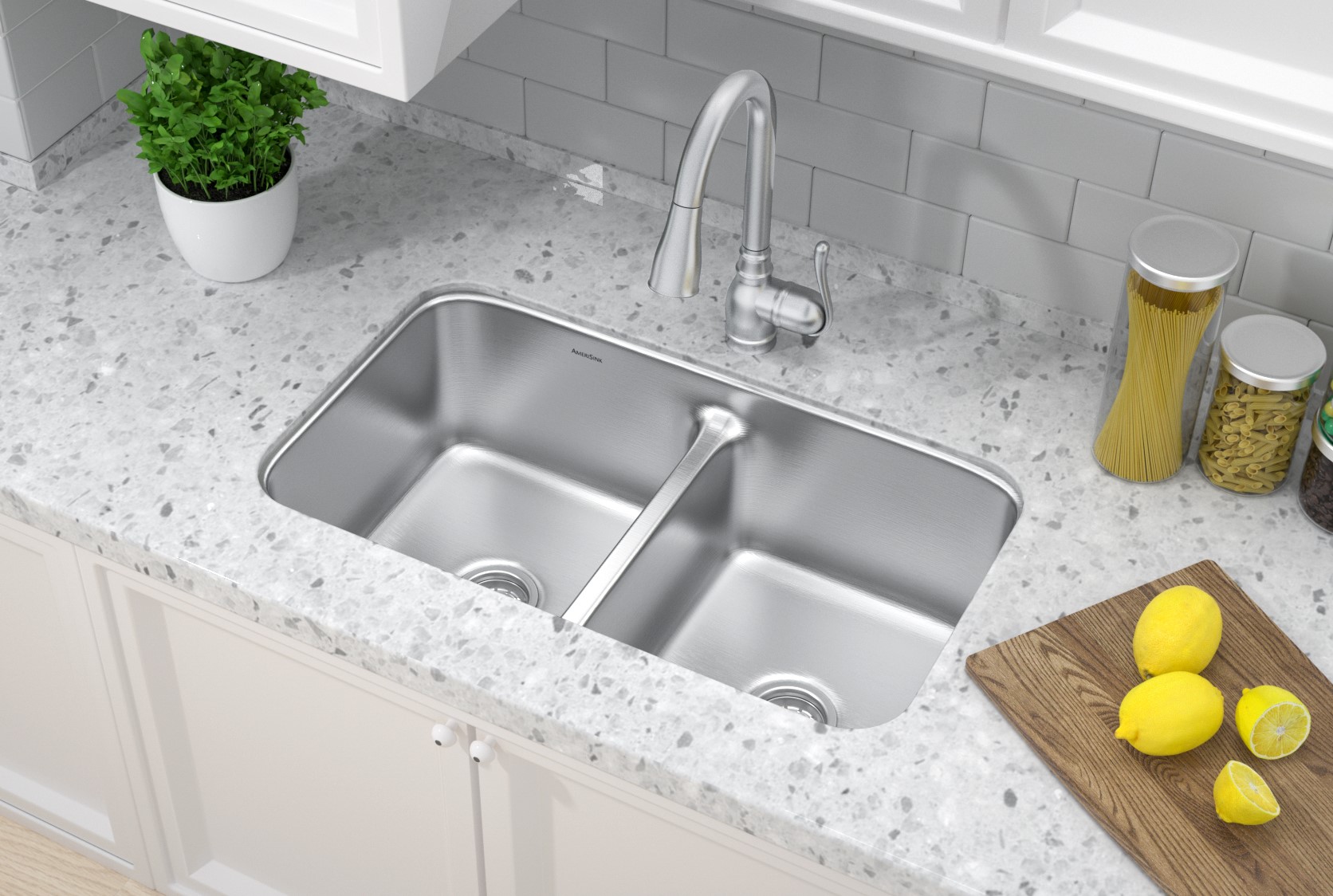
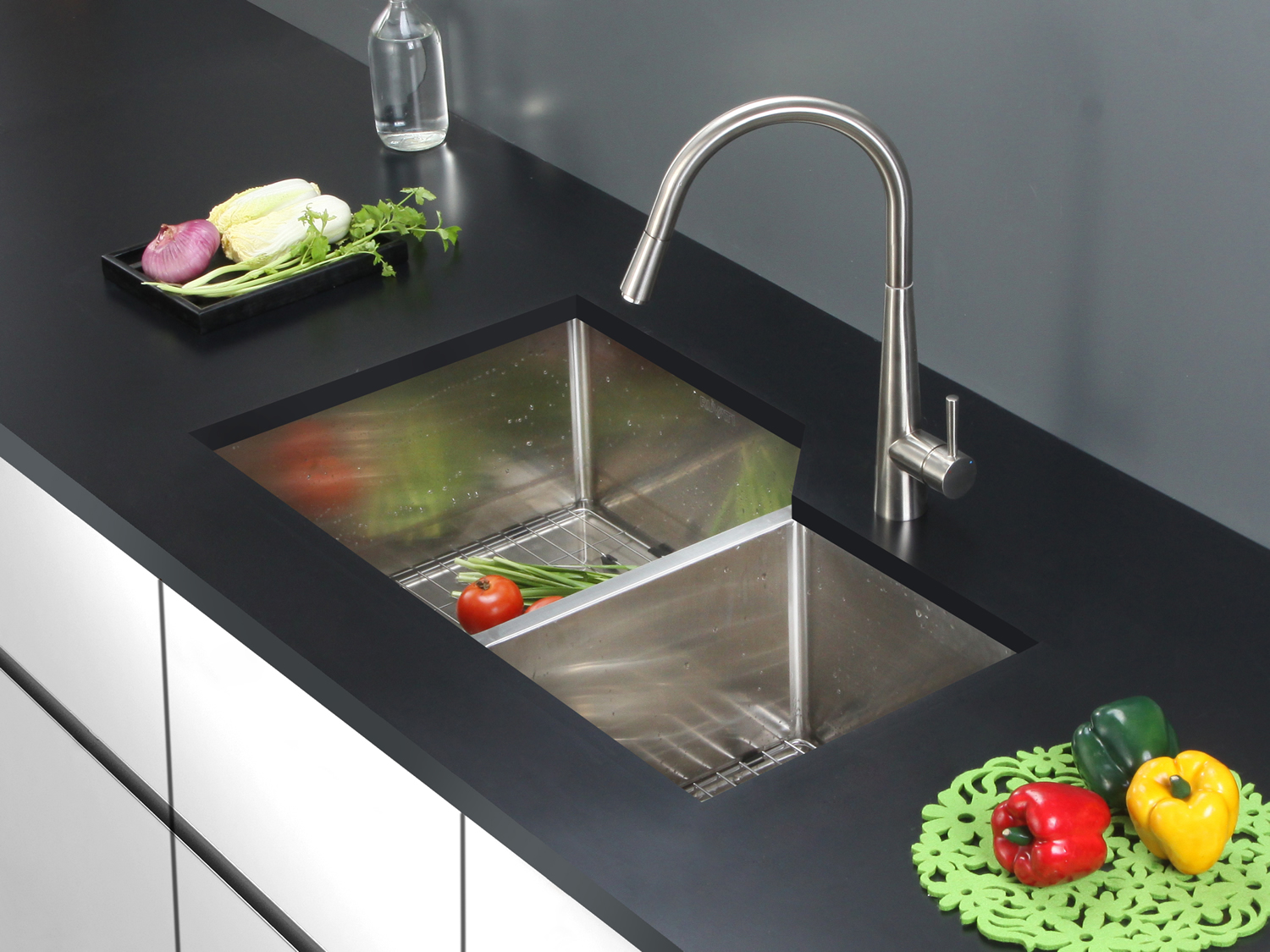

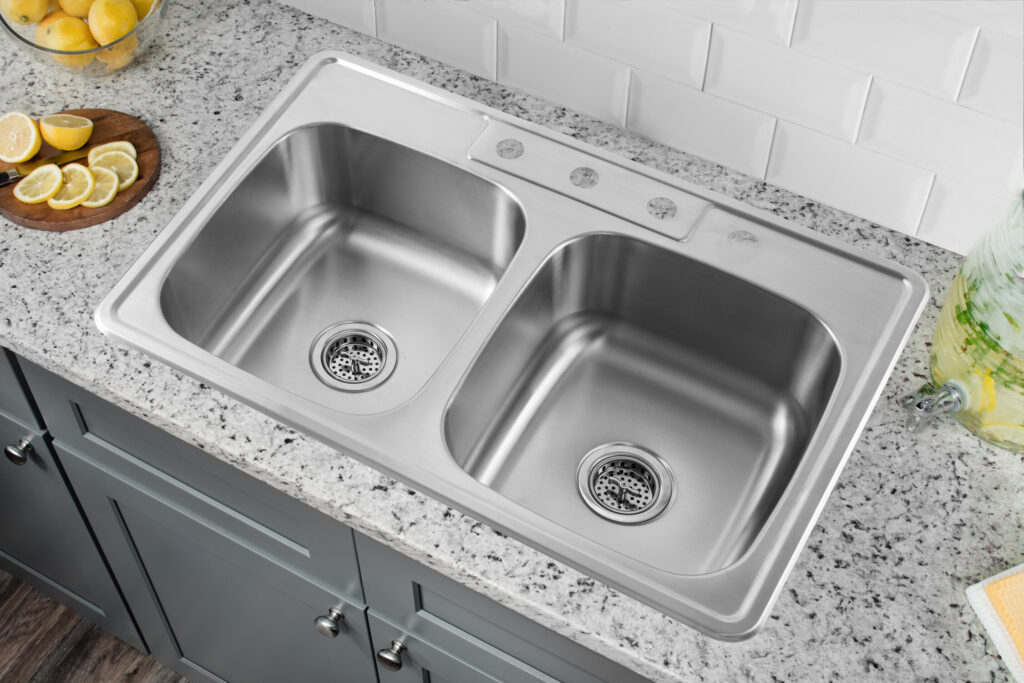
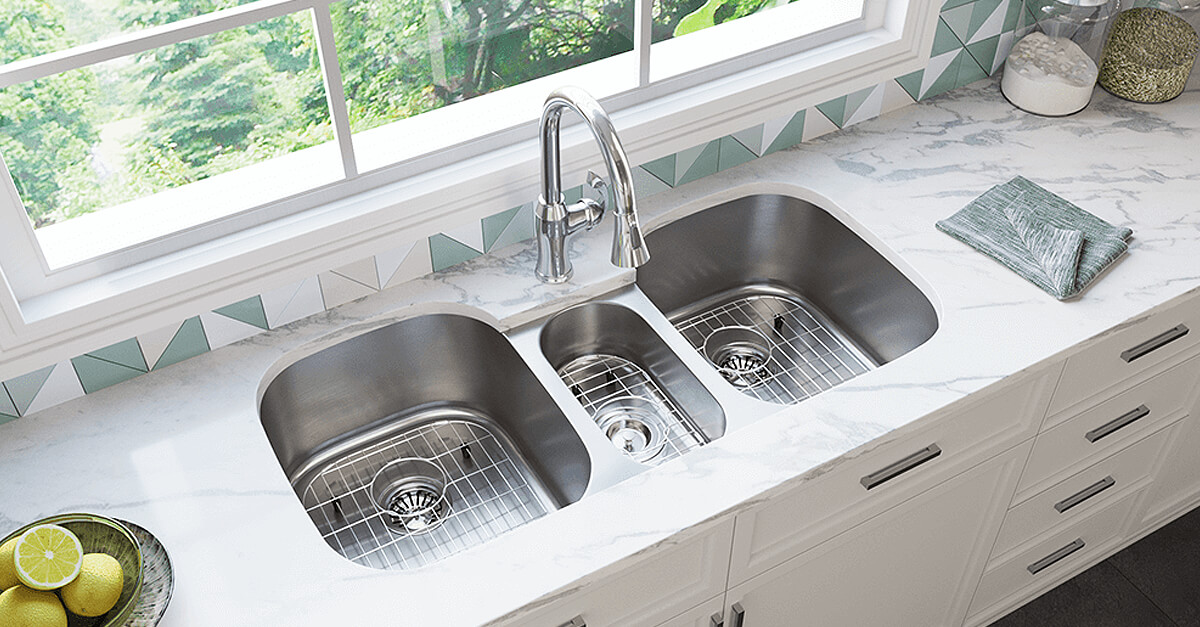






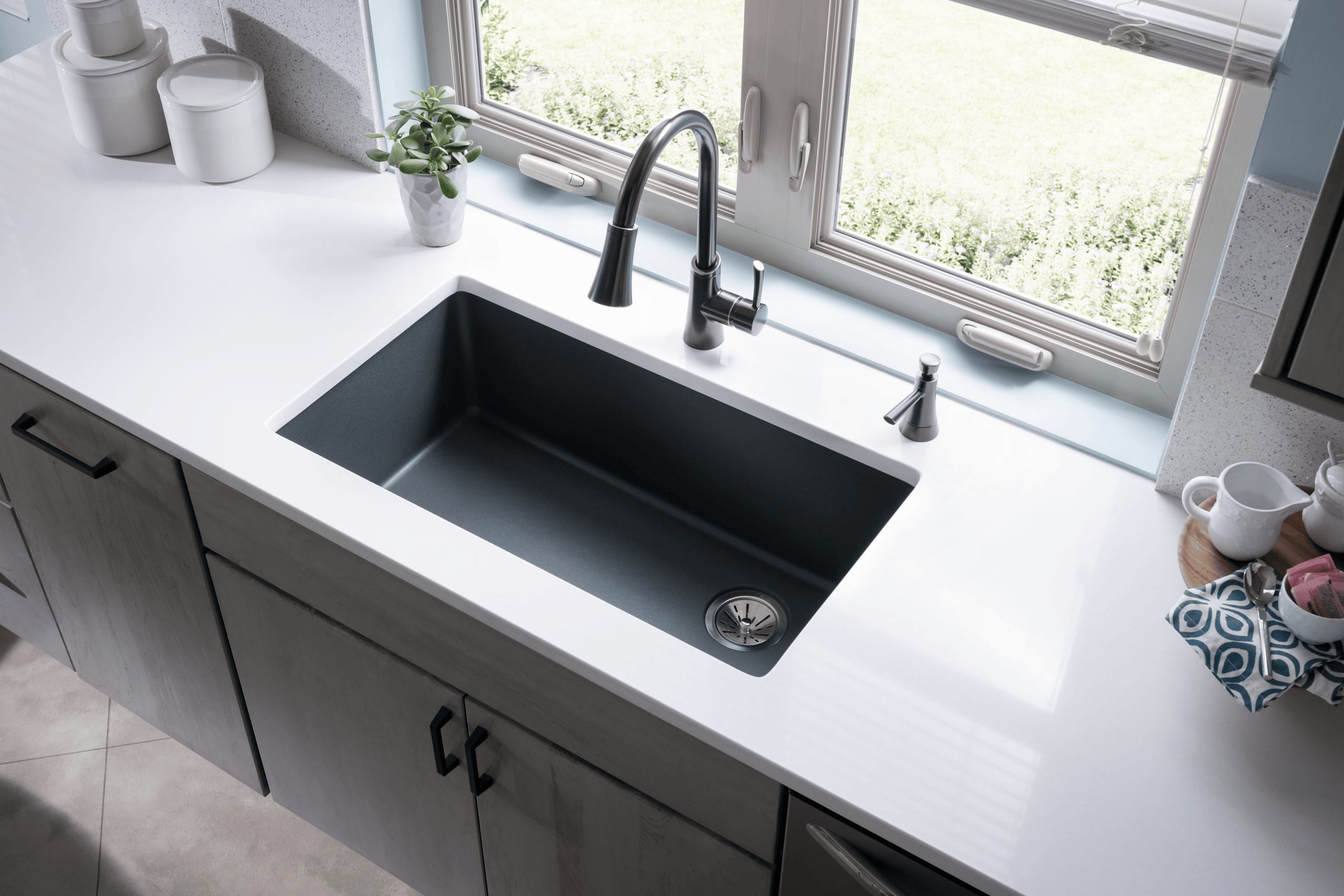

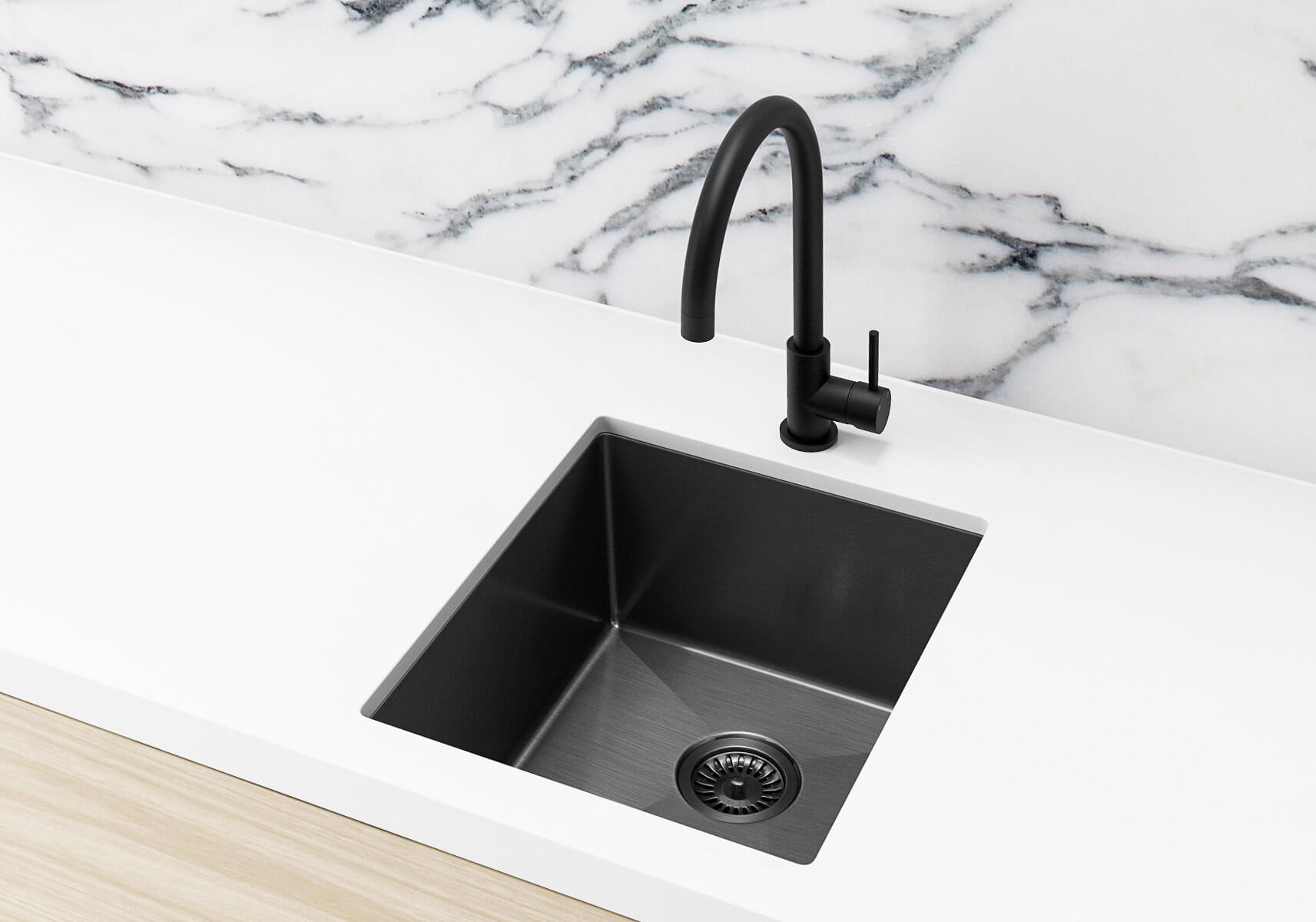



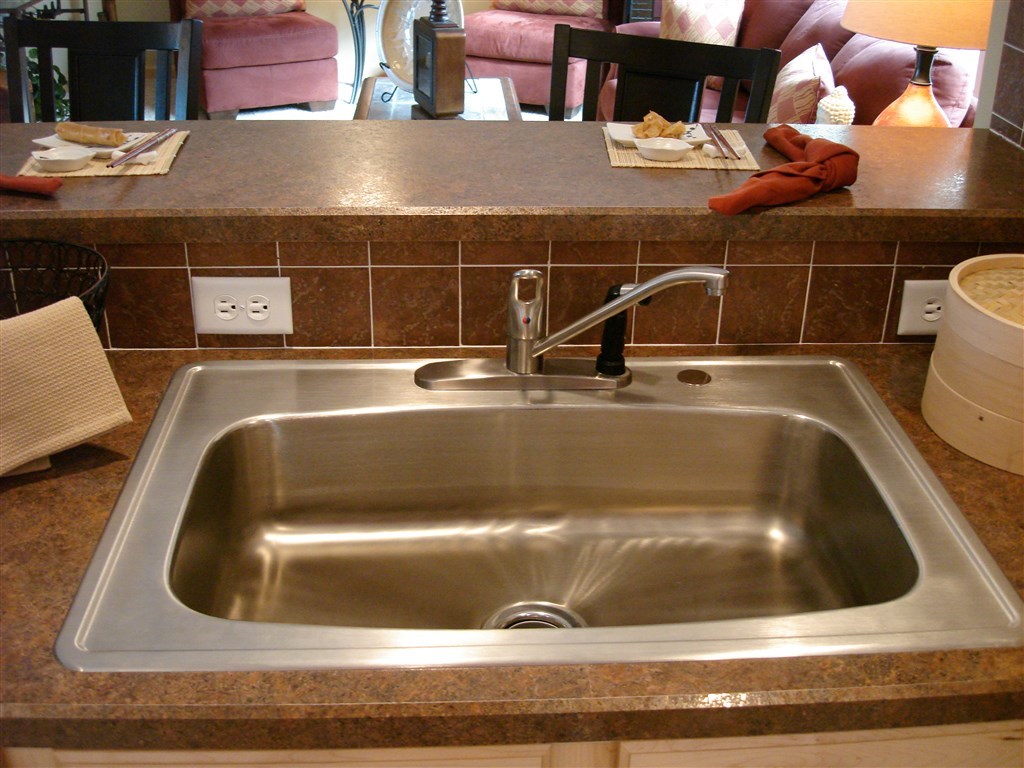




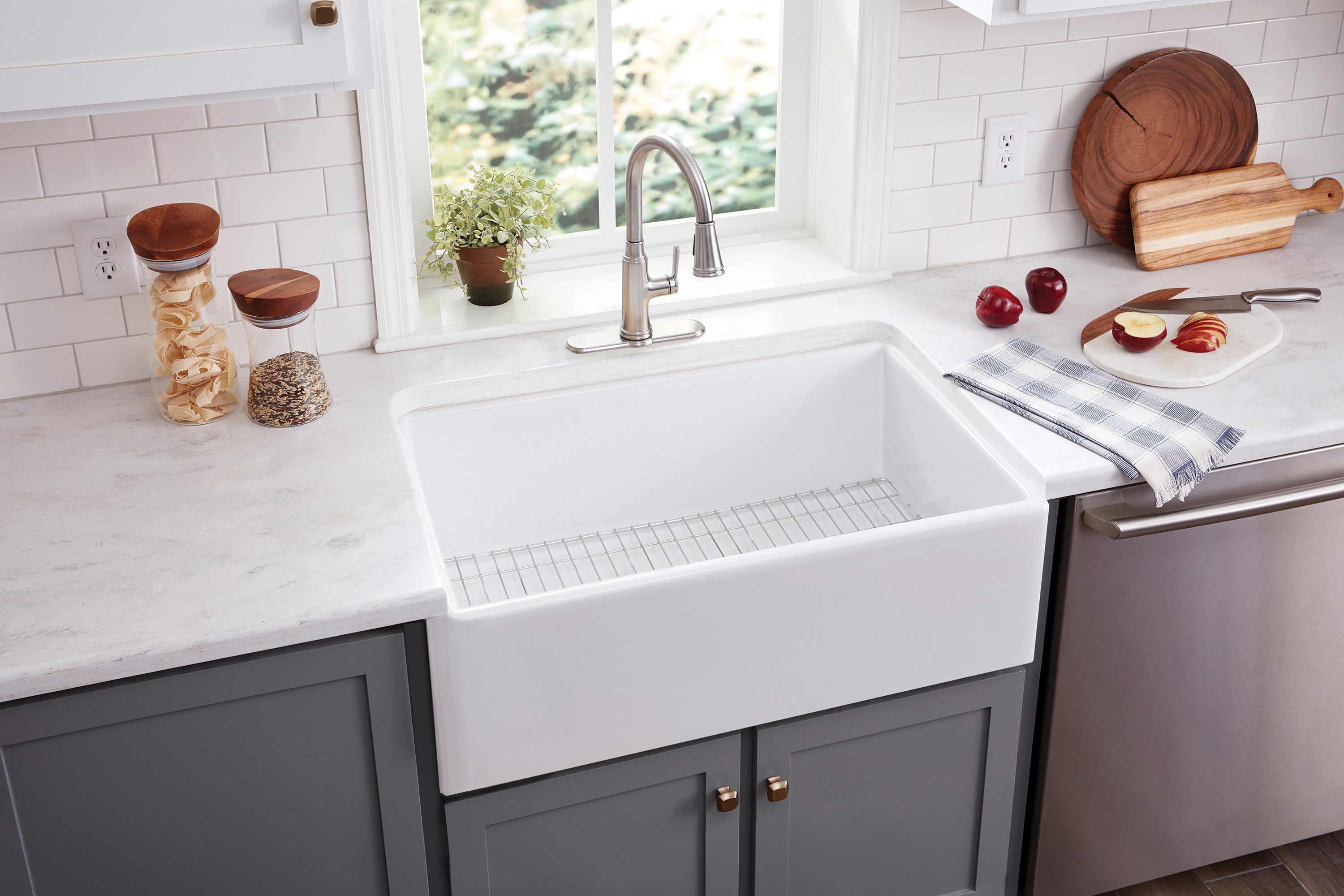



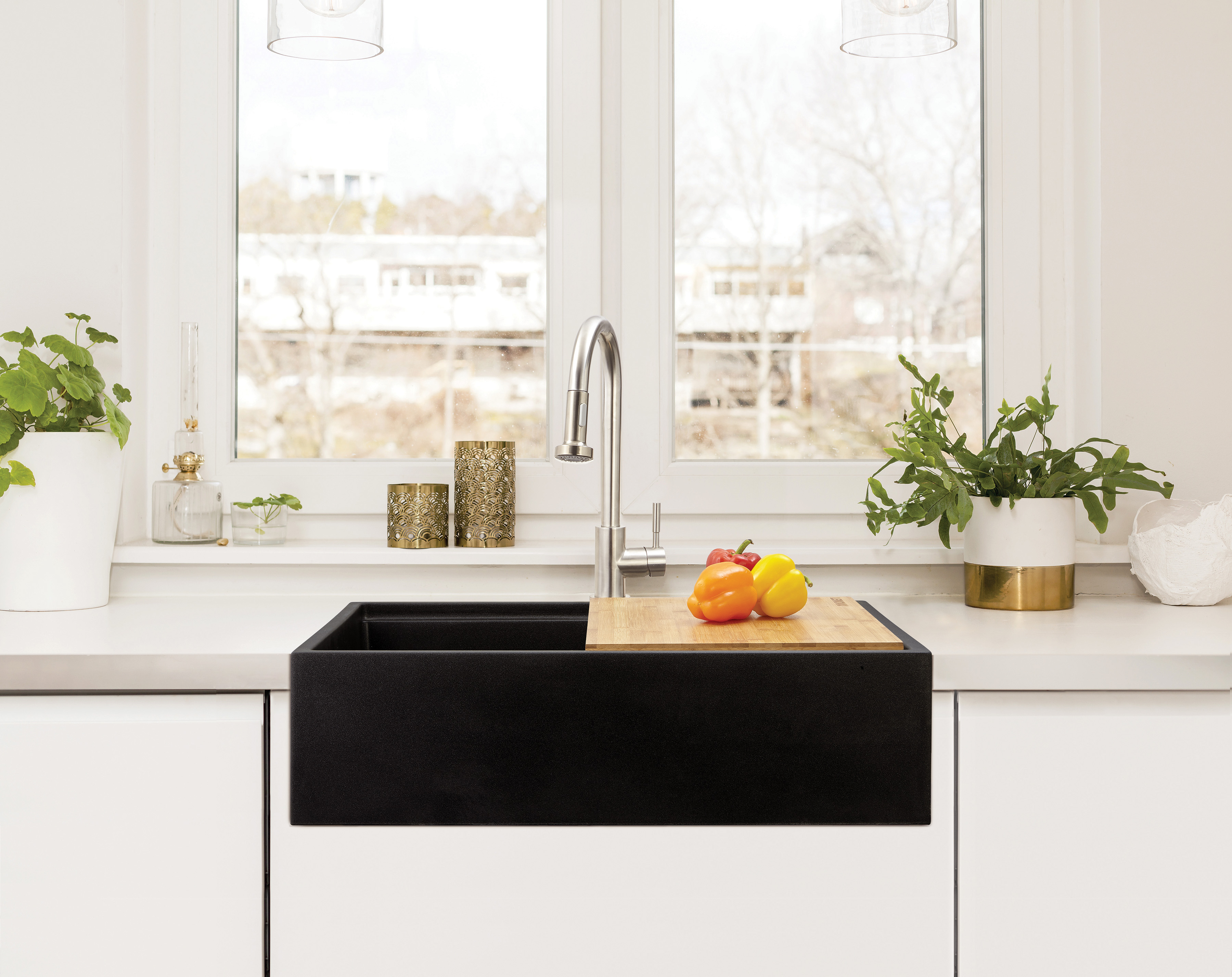


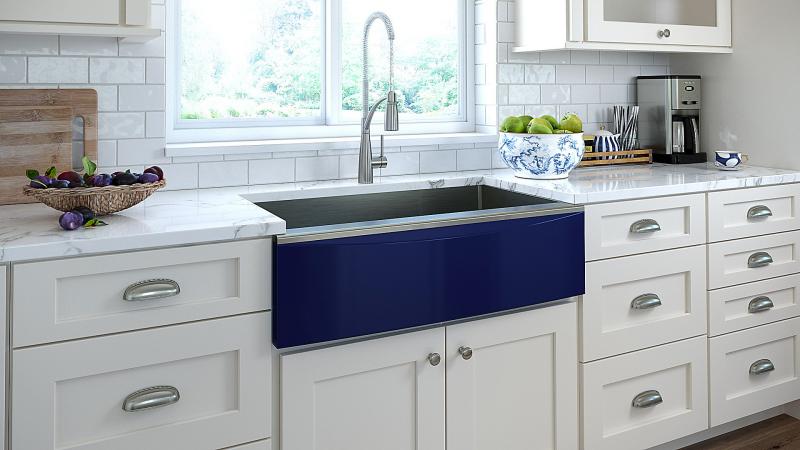


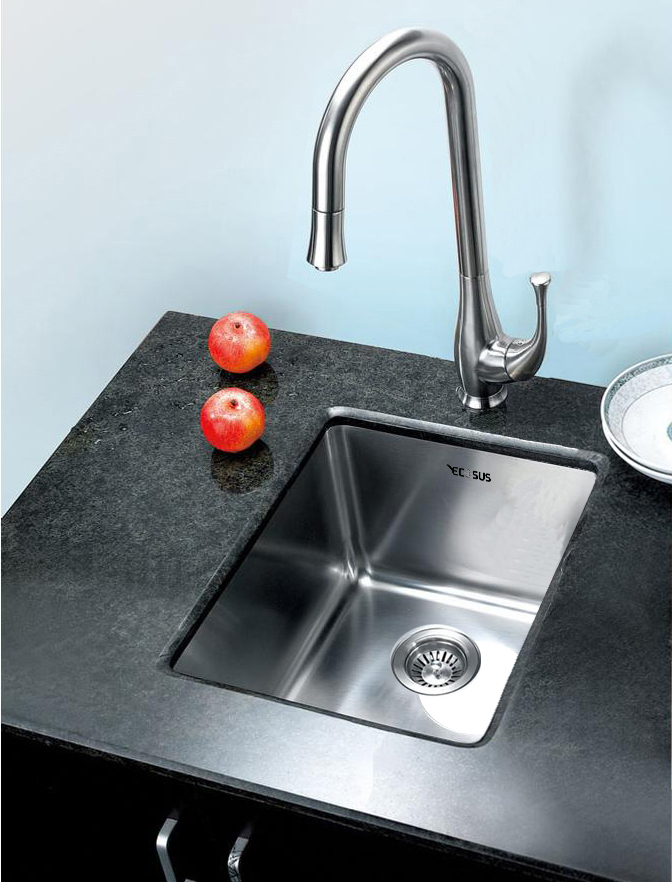
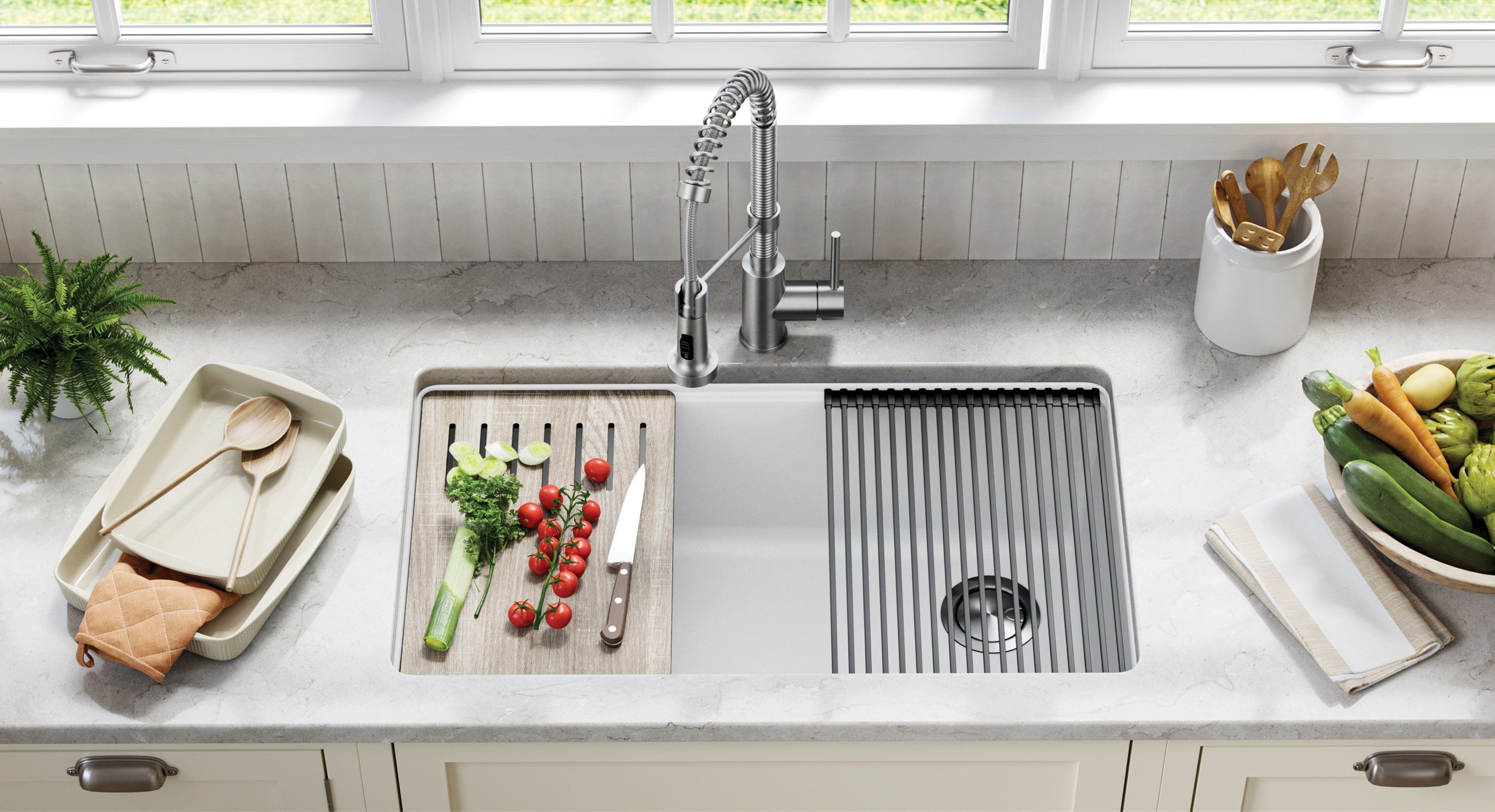
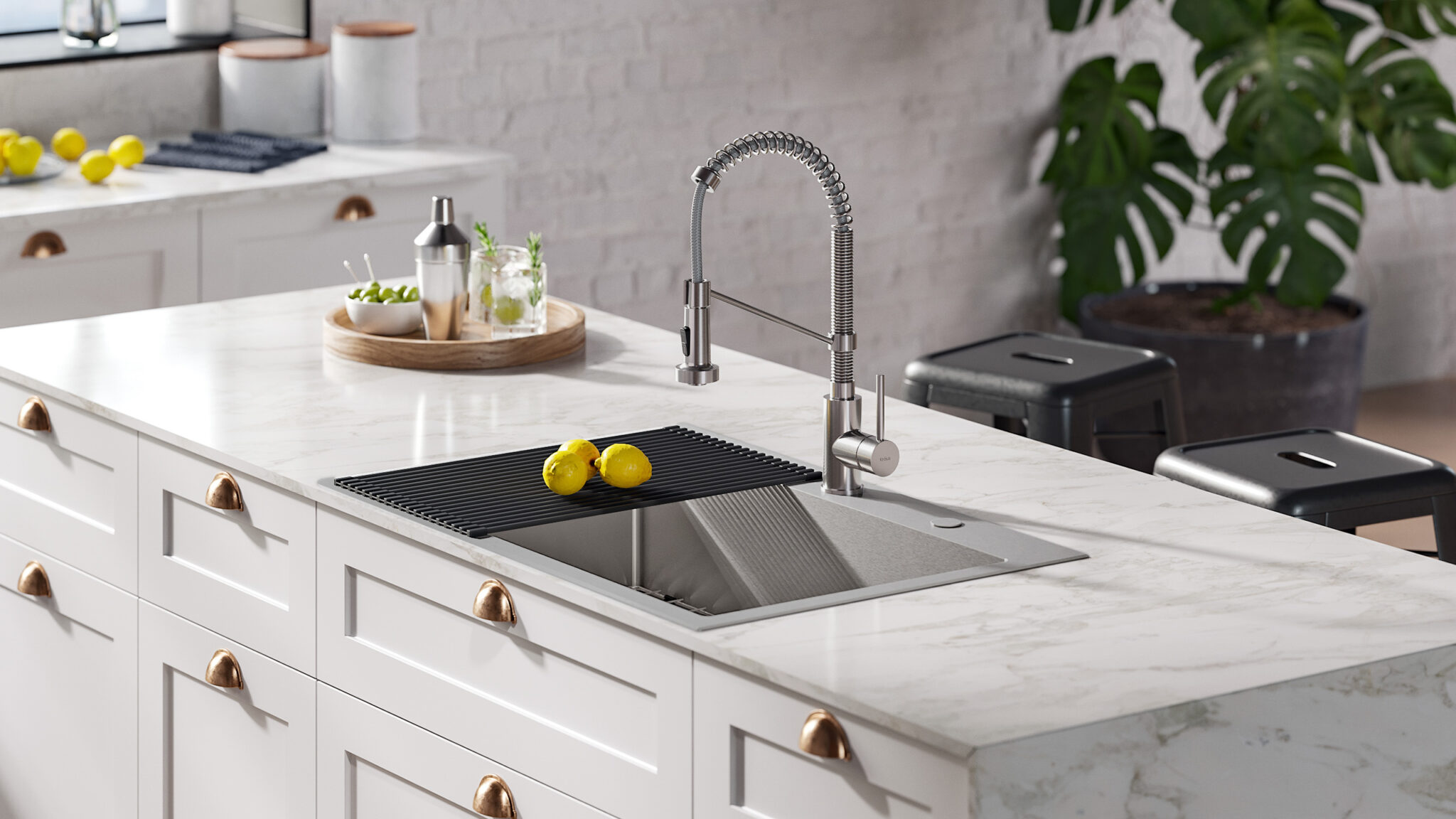

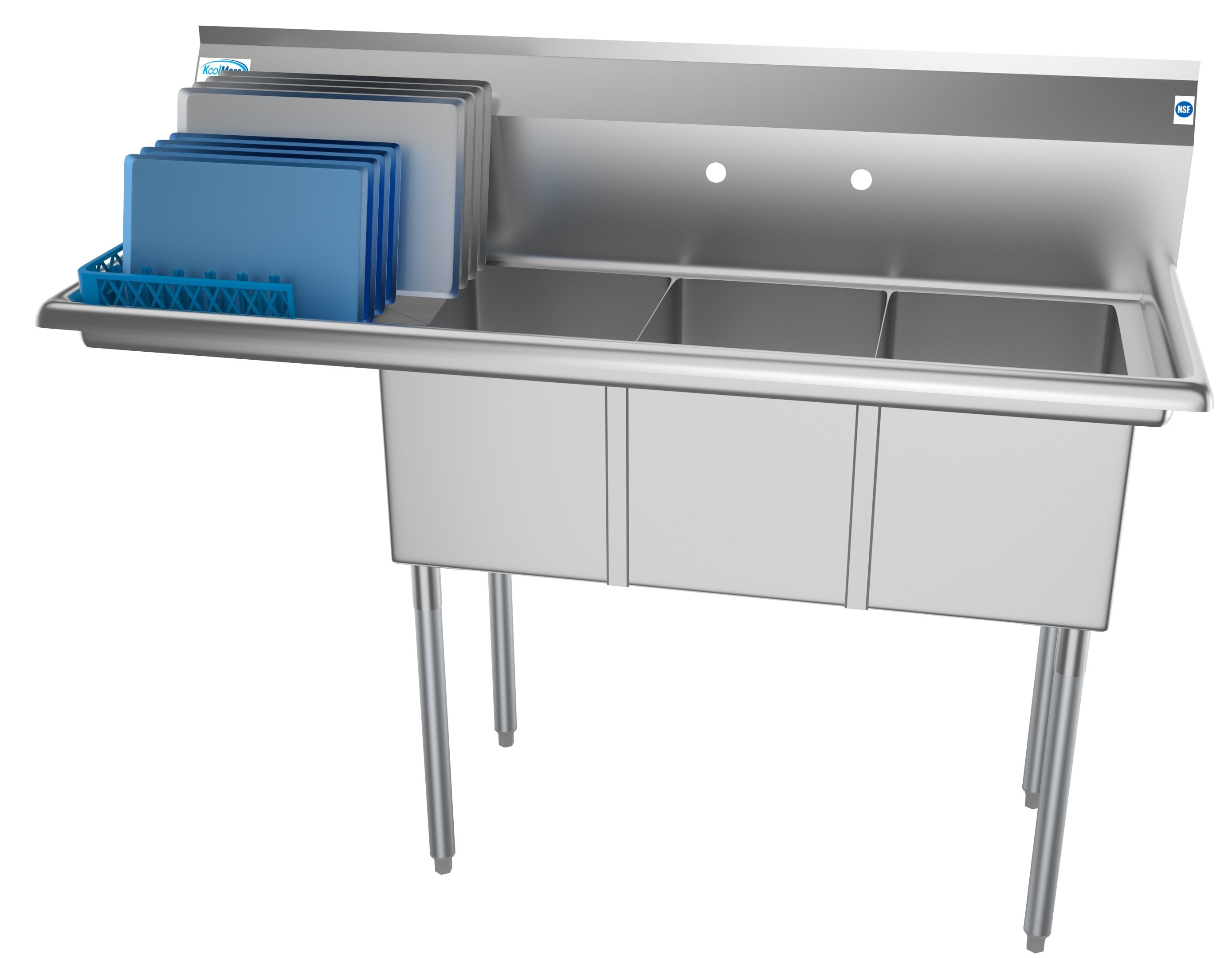


:max_bytes(150000):strip_icc()/DrainboardKitchenSink-5a762bbceb97de0037ef6fec.jpg)






